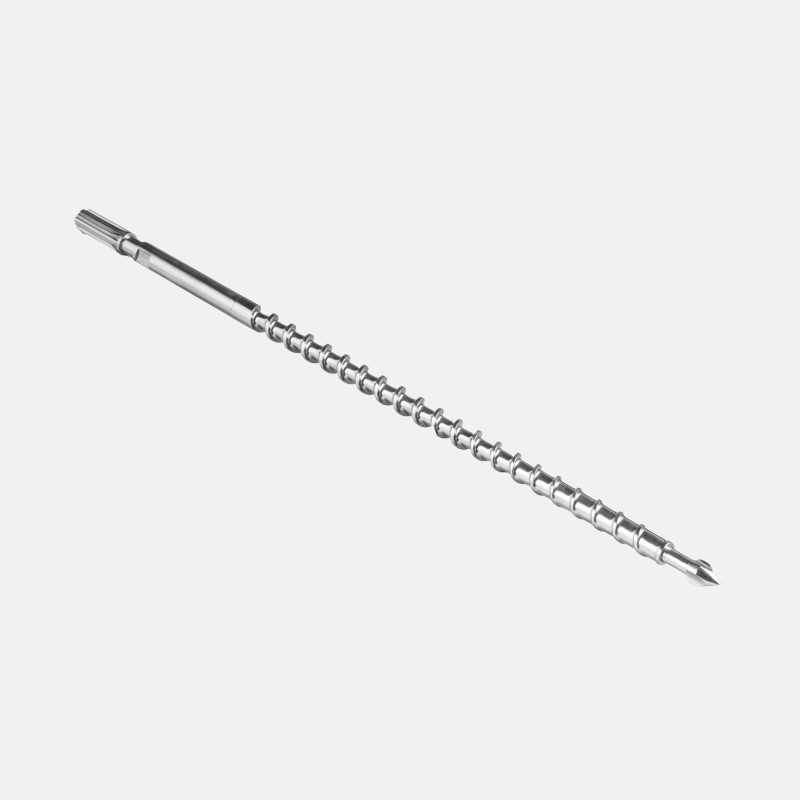A
Parallel twin screw barrel transmission system is composed of a pair of twin screws and a gearbox. It can be used in a number of applications. The thyristor double closed-loop speed control system ensures high speed regulation accuracy.To control the process, the following parameters should be kept in mind: feed rate, rpm, melt temperature, vacuum level, and pressure. These parameters can be adjusted with the synchronous speed control knob.The length of the process section is determined by the OD/ID ratio, which is the overall length of the screw divided by the diameter. Higher OD/ID values provide more capacity for the screw. This can be achieved by increasing the channel depth. Increasing the ID also decreases the free volume and the torque available to the shaft.As a result, the process section can support more unit operations. However, it is necessary to keep in mind that the length of the screw and barrel must be determined based on the application.
Halogen-free screw assembly
For example, if the process involves compounding of polymer with plasticizer, then a 40:1 L/D configuration may be required.A twin screw barrel extruder is a machine with a high speed and plasticizing capacity. It is ideal for the extrusion of various kinds of materials including reinforced plastics and wood-plastic.Twin screw extrusion is widely used in making products and materials that require high strength and toughness. The advantages of a twin screw barrel extruder are its low energy consumption and good plasticizing performance. In addition, it has good mixing and exhaust performance.There are four main sections in a twin screw extruder. These are the melting section, the processing section, the plasticizing section, and the barrel section. Each section has its own functions. For instance, the melting section is responsible for fully mixing materials through heat conduction. Similarly, the processing section is utilized for metering and feeding materials.There are different types of co-rotating or counter-rotating extruders for parallel twin screw barrel.
The main difference between them is the rotation direction.Counter-rotating screw extruders are usually found in pvc and wood composite industries. Generally, they have lower rpm and smaller l/d ratio. They also have a larger diameter, thus they have more bearing capacity.Twin screw extruders are typically used for chemical and physical modification of matrix resins. Their design can vary depending on product range and mixing intensity. Normally, they have venting ports, which can be used to remove volatile gases. These are often used in conjunction with an external cooling system. This helps extend the lifetime of the extruder.The design and composition of the screw elements varies from machine to machine, and the shape and gap between the screws have a great effect on the plasticization quality of the finished product.
It is important to understand how screw gap can be used to optimize the mixing, forming and squeezing of materials.When it comes to screw elements, they are a common feature of twin screw extruders. While they may be difficult to replace, they can be enhanced to achieve the desired effect.One such component is the segment. These are the most important, as they form the core of the twin-screw machine. They can be either bimetallic or carbide lined. It is also possible to replace individual screw elements.The most important part of the segment is the barrel. These are made of 38CrMoAl steel. This material has high wear resistance, which helps prolong the life of the screw.The parallel twin screw barrel is also a high energy efficiency machine. Because of its reasonable design, this type of screw can produce excellent plasticizing performance. Moreover, its load bearing torque is great.

 English
English 简体中文
简体中文 España
España عربى
عربى








